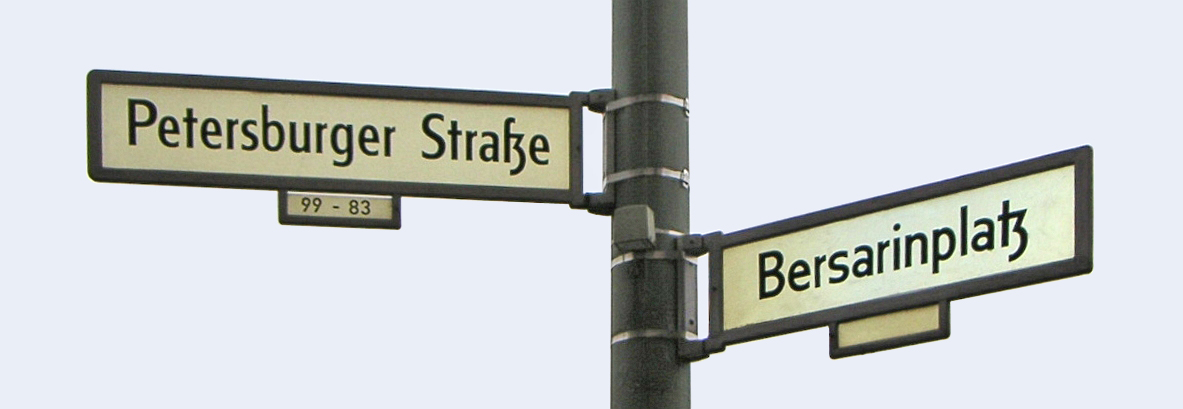I guess the most interesting letter of the German alphabet is the Eszett (ß).
Countless people confuse it with the Greek β (called “vita” in modern Greek). I admit, both look quite similar but the truth is one has absolutely nothing to do with the other.
Differences between the German ß and the Greek β
- They emerged from and, thus, belong to different scripts (alphabets): the “vita” belongs to the Greek alphabet, while the Eszett arose from the ligature of the long s (ſ) and the “tailed z” (ʒ) to ß. So, the Eszett is part of the Latin script (see picture above).
- They have a completely different pronunciation: as the initial sound of either letter’s name indicates, the Greek “vita” is pronounced /v/ (in modern Greek) and the German Eszett is pronounced /s/.
- They look slightly different, compare: (Eszett) ß | β (“vita“).
Where does the Eszett come from?
As I explain above, the Eszett emerged from the ligature of these 2 letters: ſʒ. This spelling was used in order to distinguish the voiceless s (/s/) from the voiced s (written “z” in English).
In German both sounds are variations of one letter, the s, so the Germans used to write ſʒ for the sound of the “sharp s” (scharfes S, this name is still in use today being a synonym for Eszett). Whereas the simple s has a voiced pronunciation (/z/).
Does the Eszett still exist after the last spelling reform?
Many people believe that the Eszett was eliminated in the last German spelling reform. This is not true.
It is true that you see less Eszetts than before the reform. The reason is that the reform generalized the following rule:
short vowel before 2 consonants / long vowel before 1 consonant.
So, just like the “e” in denn is short and the one in den is long, the “u” in Fluss is short and the one in Fuß is long.
(This is the reason why the conjunction dass [with a short a] is not written with ß anymore.)
The use of the Eszett
As explained above, we use the Eszett to write the unvoiced s sound after a long vowel. Also diphthongs count as a long vowel, so we can differentiate reisen (to travel) with a voiced s from reißen (to tear) with a voiceless s.
And we can differentiate Masse (with a short vowel, meaning ‘mass’) from Maße (with a long vowel, meaning ‘measures’) and Busse (with a short vowel, meaning ‘buses’) from Buße (with a long vowel, meaning ‘penitence’).
How to write the Eszett on your computer
If you have a Microsoft® system, keep “alt” pressed while you press the code “225” on your numbers block (alt+225) and it appears automatically.
If you have a Mac, just press “alt” and “B” at the same time (alt+B).
On your smartphone, you have to add the German keyboard where the Eszett is among the s variations (keep the s key pressed and you’ll see the ß with the other special s).
Is it ok to use double s instead of ß?
The answer is easy: no, it is not. The reason is orthographical as I have explained above. So, it is a spelling mistake if you write a double s after a long vowel (e.g. *Fuss).
There are 2 exceptions:
- Switzerland: this country is the only one of the German speaking countries that has no Eszett. The Swiss always write double s. (Thus, they can’t differentiate by spelling Masse/Maße, Busse/Buße…)
- Capital letters: if you write a whole word in capital letters, you must change ß for SS. (The capital Eszett is a recently designed letter [ẞ], so the official German dictionary doesn’t take it into account).
Download “Cheatsheet: Most Important Words with ß and Double s”
important-words-with-ß-double-s.pdf – Downloaded 8938 times – 93.79 KB

